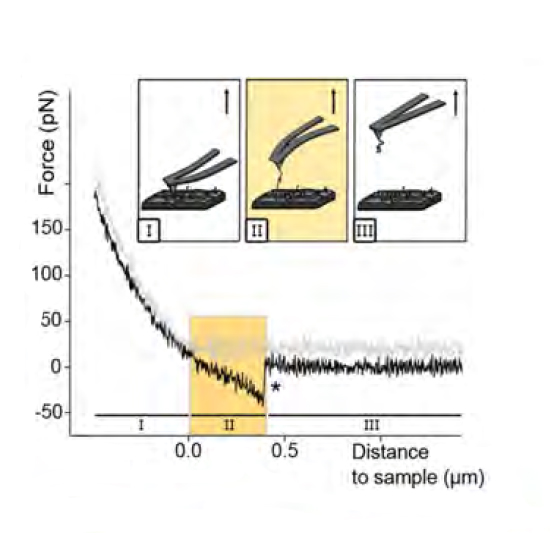Adrenergic Signaling Strengthens Cardiac Myocyte Cohesion
13-Mar-2017
Circulation Research, 2017;120:1305-1317, https://doi.org/10.1161/CIRCRESAHA.116.309631
Circulation Research, online article
Rationale: The sympathetic nervous system is a major mediator of heart function. Intercalated discs composed of desmosomes, adherens junctions, and gap junctions provide the structural backbone for coordinated contraction of cardiac myocytes.
Objective: Gap junctions dynamically remodel to adapt to sympathetic signaling. However, it is unknown whether such rapid adaption also occurs for the adhesive function provided by desmosomes and adherens junctions.
Methods and Results: Atomic force microscopy revealed that β-adrenergic signaling enhances both the number of desmoglein 2-specific interactions along cell junctions and the mean desmoglein 2-mediated binding forces, whereas N-cadherin-mediated interactions were not affected. This was accompanied by increased cell cohesion in cardiac myocyte cultures and murine heart slices. Enhanced desmoglein 2-positive contacts and increased junction length as revealed by immunofluorescence and electron microscopy reflected cAMP-induced reorganization of intercellular contacts. The mechanism underlying cAMP-mediated strengthening of desmoglein 2 binding was dependent on expression of the intercalated disc plaque protein plakoglobin (Pg) and direct phosphorylation at S665 by protein kinase A: Pg deficiency as well as overexpression of the phospho-deficient Pg-mutant S665A abrogated both cAMP-mediated junctional remodeling and increase of cohesion. Moreover, Pg knockout hearts failed to functionally adapt to adrenergic stimulation.
Conclusions: Taken together, we provide first evidence for positive adhesiotropy as a new cardiac function of sympathetic signaling. Positive adhesiotropy is dependent on Pg phosphorylation at S665 by protein kinase A. This mechanism may be of high medical relevance because loss of junctional Pg is a hallmark of arrhythmogenic cardiomyopathy.











